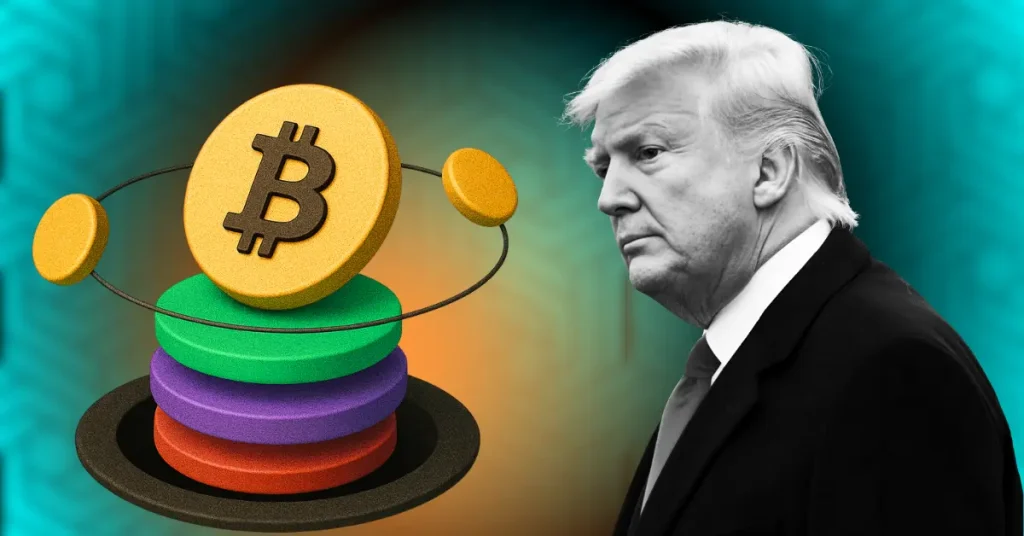GameFi isn’t a new concept, in fact, CryptoKitties was the first project to bring this concept to light in 2017. It is known for pioneering the play-to-earn gaming model, which is now the standard basis that all blockchain games follow. The model was a huge hit, bringing the game 1.5 million users and $40 million in transaction volume. The fact that this occurred during the early years of the crypto market was a significant achievement for the game. Since then, the sector has evolved in response to increasing user demands. Today, there are around 1,498 GameFi projects, with numbers rising by 99% year on year. In 2022, for example, investment in GameFi reached $3.7 billion, exceeding the total of $780 million in 2021. And with these expanding numbers, game revenue models have also evolved. Projects are moving away from the original play-to-earn model and toward other models that guarantee long-term viability. Let’s take a look at the different models and how they are benefitting users. Play- to- Earn Play-to-earn (P2E) games enable players to earn real-world monetary benefits for playing the game. The model employs crypto and NFTs to power and monetize the in-game economy. While NFTs represent in-game items (like avatars, outfits, etc), cryptocurrencies are used to incentivize the players. NFTs also provide players complete ownership of in-game assets, enabling them to benefit from that outside of the game. Even every game acti...
 Donald Trump Earns $1.2B From Crypto
Donald Trump Earns $1.2B From Crypto